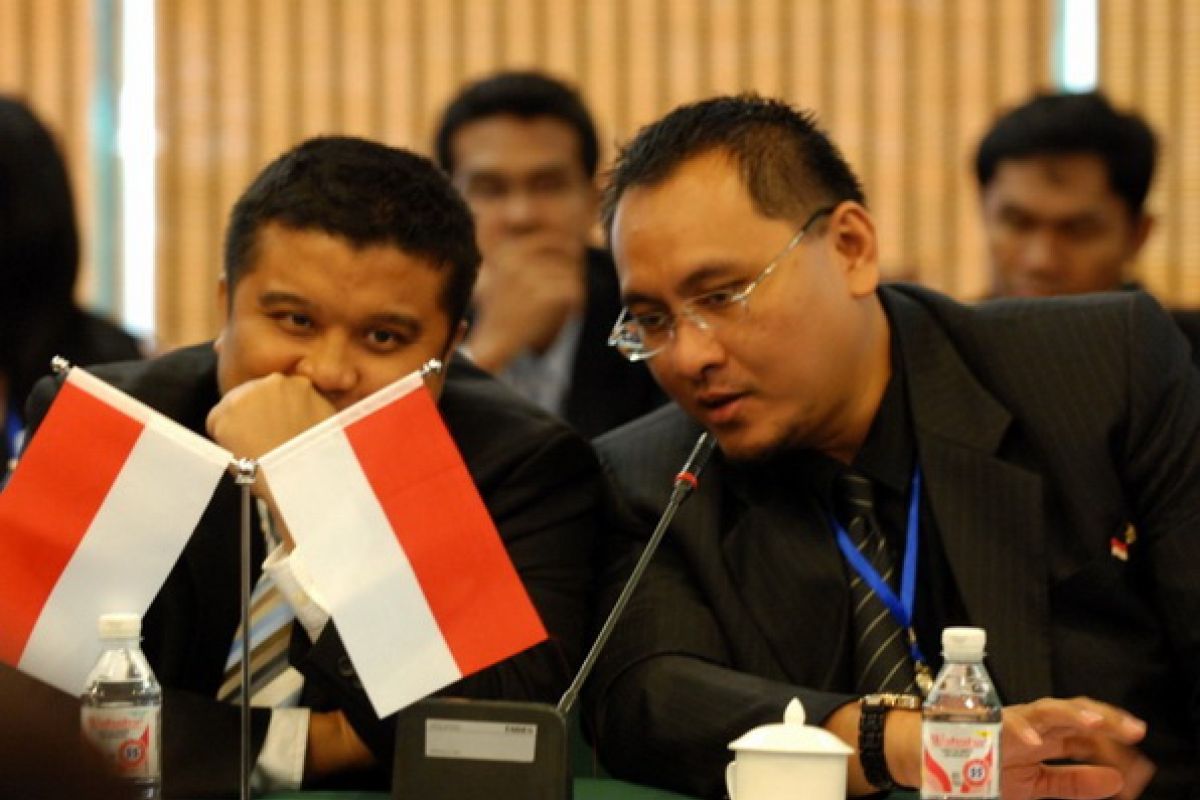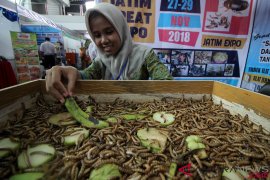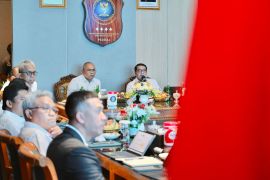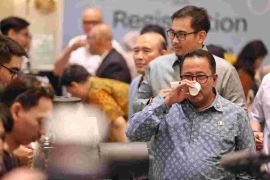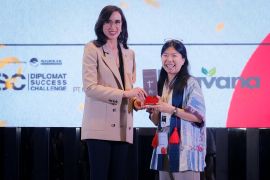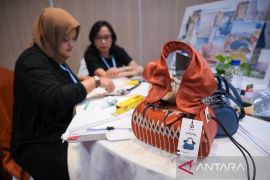"After all, Indonesia`s demographic bonus is huge. We have to provide an opportunity for the younger generation to develop their potential," Director General of Small- and Medium-Scale Industry Gati Wibawaningsih stated while attending the Indonesia Fashion and Craft (IFCA) Awards event here on Monday.
IFCA is a stage for young talented Indonesians to showcase their creations and innovations, especially in the fields of fashion and craft, and has been held since 2015.
She expected that the event would edify the younger generation to prepare for the future in the face of uncertainty and increasingly fierce competition.
Hence, starting this year, the director general said her side had been facilitating IFCA winners from 2015 to 2018. They will be directly brought to a meeting with small and medium industries, so that the design of their products can be mass produced.
It will provide assistance to the industry to ensure that products are made in accordance with the design or innovation of the designers.
The process of coordination between designers and small-scale industry players that requires costs will also be facilitated by the government, she noted.
If it is mass produced, Wibawaningsih added, it will also facilitate access to capital by cooperating with the State-Owned Bank Association (Himbara), so that they get priority in obtaining financing.
In case of marketing, the ministry has also cooperated with several shopping centers through the network, or "online," so that products can be directly seen by the market.
Creative economy is one of the backbones of the Indonesian economy since in 2016, it had contributed Rp922.59 trillion to the gross domestic product, or grew 4.95 percent, as compared to the previous year, according to the Central Bureau of Statistics (BPS) data.
Export value of the creative economy in 2016 had reached US$20 billion and contributed 13.7 percent to national exports.
In 2016, the contribution of fashion exports amounted to 54.54 percent and crafts, 39 percent, of the total creative economy exports.
Although the performance of the sector is relatively large, yet, based on statistics data and creative economy survey of BPS and the Creative Economy Agency (Bekraf) 2017, some 78.5 percent of the creative economy entrepreneurs are in the age range of 30-59 years.
Young entrepreneurs under the age of 30 in the creative economy sector are still relatively small at around 10.6 percent.
To answer this challenge, the Directorate General of IKM this year again organized IFCA involving 182 participants from several universities in the country.
After an independent jury assessment, six winners were selected comprising the best three and three runners-up.
Besides being facilitated by the government, the six best designers will also be flown to Taiwan to attend a design workshop to increase their capacity and insight.
Reporter: Antara
Editor: Fardah Assegaf
Copyright © ANTARA 2018
